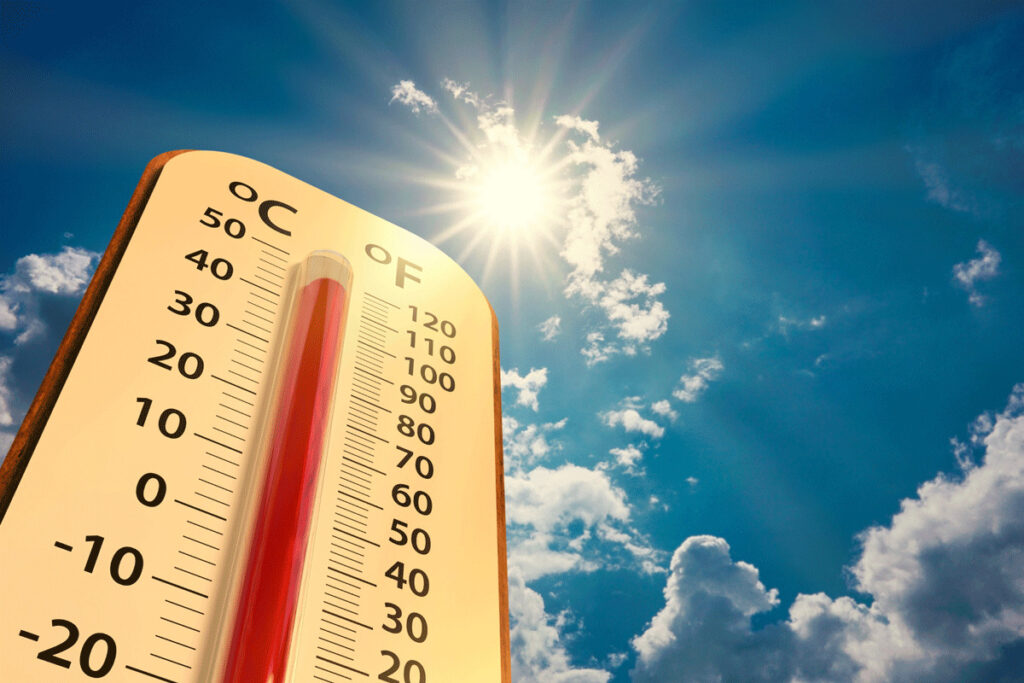Have you ever wondered if there’s a temperature limit beyond which your trusty A/C unit can no longer keep up?
In this blog, we will explore the upper-temperature limit where standard air conditioning systems can no longer operate … Let’s test those limits!!
What’s the limit?
Generally, residential air conditioning units are designed to function optimally up to an outside temperature of 95 degrees. Beyond this threshold, the performance and efficiency of the system start to decline. Manufacturers usually specify a maximum outside temperature of approximately 120 degrees for their A/C units, although this can vary depending on the specific equipment.
What causes a problem beyond this limit?
The primary factor that limits an air conditioner’s ability to operate at higher temperatures is its capacity to cool the hot refrigerant gas and convert it into a liquid state. To achieve this, the refrigerant must be cooled below its “critical temperature.” This critical temperature is when the gas cannot condense into a liquid, regardless of how much it is compressed.
What would happen if the temperature kept going up and up?
Modern A/Cs use R410A refrigerant, which has an absolute limit of 162 degrees. That’s because it has to be able to change from a gas to a liquid, picking up heat from inside as a gas, then being changed back to liquid form once the warm air has been dumped outside. But, if it SOMEHOW got to be that hot outside somewhere on planet Earth, the refrigerant would be unable to do its job.
That’s a bit silly to think about, but here’s a more realistic example: Your A/C’s outdoor unit, the condenser, can’t cool the refrigerant to the exact outdoor temperature. It usually manages to lower the refrigerant’s temperature to about 20 degrees above the outside temperature. So if it’s a scorching 120 degrees outside, your A/C is working to get the refrigerant down to roughly 140 degrees—just under R410A’s critical temperature, which could cause problems!
Conclusion
So, most residential A/C units are designed to operate efficiently up to an outside temperature of 95 degrees, with a maximum limit of around 120 degrees. The ability to cool the refrigerant gas and condense it into a liquid is a significant factor in determining this temperature limit. And while the refrigerant’s critical temperature plays a role, other components and equipment design also influence the system’s overall performance in extreme heat.
At Ballard, our team of A/C experts can help you ensure that your air conditioning system operates optimally and efficiently. If you have any questions or need air conditioning repair in the San Bernardino area, contact us online or call us at 909-297-1914.

